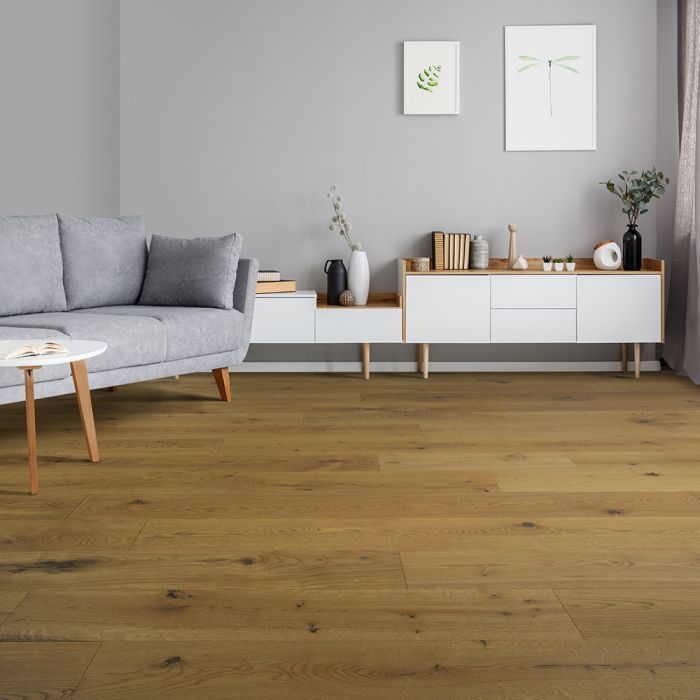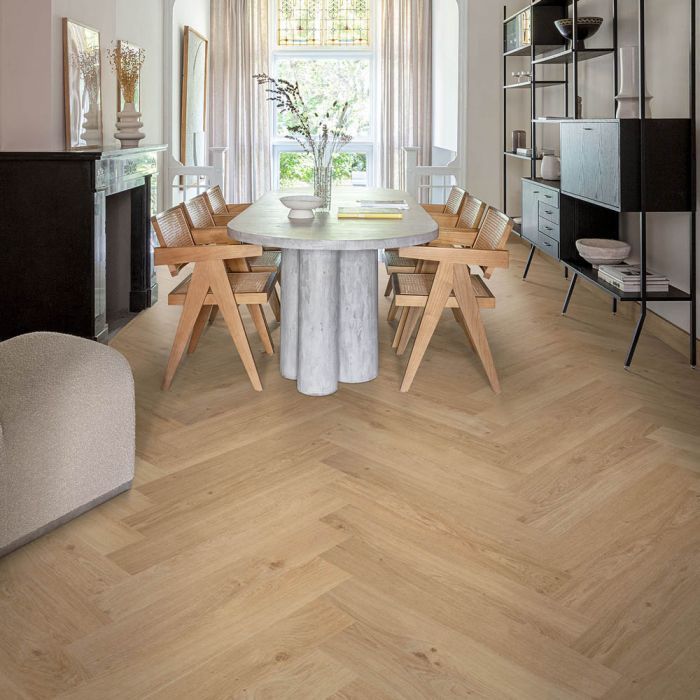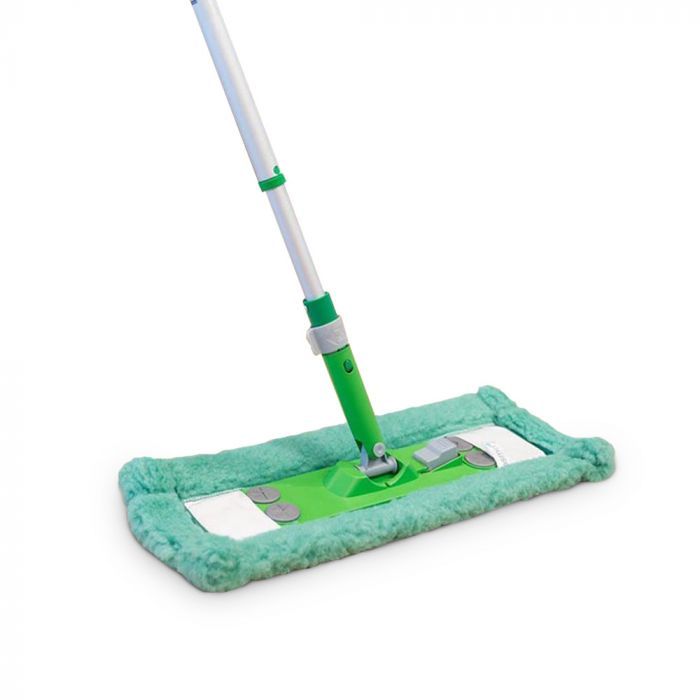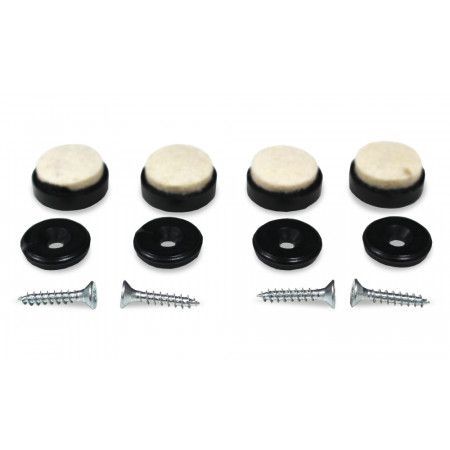Hardwood flooring is reasonably durable and hard-wearing but there are some things you need to be mindful of. Wood is a natural product and will react to moisture and water from underneath and on the surface. Both engineered wood and solid wood flooring are both at risk of moisture damage, but you can easily avoid any problems. Here are the warning signs and ways to prevent moisture damage from occurring.
Moisture problems with hardwood flooring
The main cause of moisture problems with hardwood flooring come from underneath the floor. If you have already installed your wood floor and the planks have started to distort, warp or discolour, then it is likely that it is being affected by moisture. As wood is a natural product the flooring will absorb any moisture and can become damaged. Unfortunately, moisture damage to hardwood flooring is usually irreparable and your only option is to remove your wooden floor, make sure your subfloor is fully dry before laying another floor again. width="254"]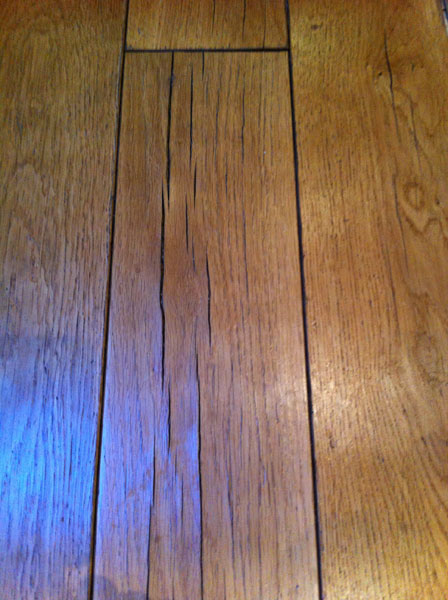
How to prevent moisture problems with hardwood flooring
The best way to prevent any moisture problems with hardwood flooring is to thoroughly check your subfloor before installing your new wooden floor. The subfloor is the existing floor in your property, which is usually concrete, wooden floorboards or chipboard. The subfloor should be completely dry before starting to fit your floor. Sometimes it may look and feel dry but there may be moisture underneath the surface, so you must test it properly. The best and most accurate way to test for moisture is by using a wooden floor moisture meter.
•For a concrete or screed subfloor the Moisture Content (MC) should be below 6% MC.
•If you have wooden floorboards, plywood, chipboard or joists the Moisture Content (MC) should be 16% MC or below.
If your subfloor is not sufficiently dry then you must not lay your hardwood floor. You need to allow it to dry naturally and then re-test again with moisture meter before fitting your floor. 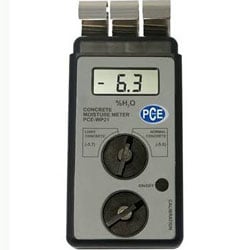
To prevent any other problems occurring with your hardwood floor, you should also make sure that your subfloor is flat, level and clean before fitting your floor. Please have a look at: How to prepare my subfloor before installing hardwood. You will also need to leave an expansion gap around the edge of the room. This allows your wooden flooring to expand and contract normally with daily changes in temperature and humidity.
For more information, have a look at our article: What is an expansion gap?

